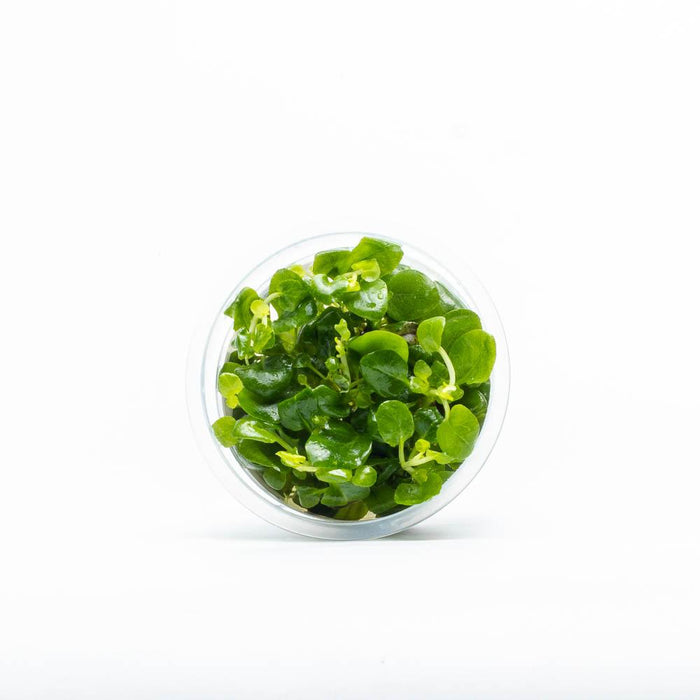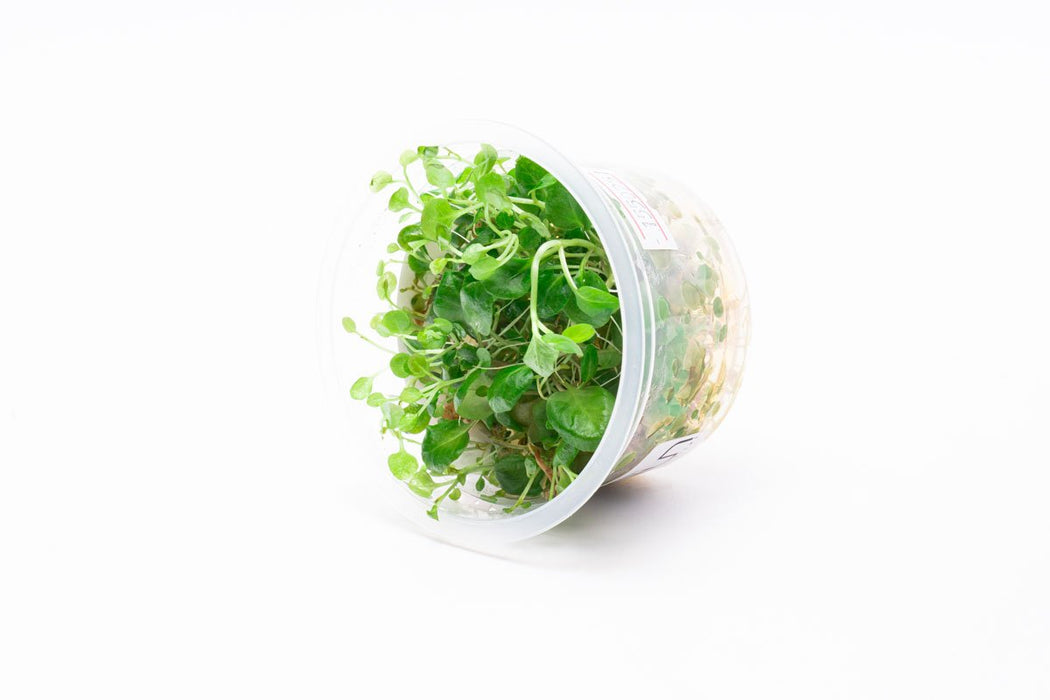
Lobelia Cardinalis Mini Aquatic Farmer Tissue Culture
Common Name: Lobelia Cardinalis, Cardinal Plant
Lobelia Cardinalis is an interesting specimen that is native to North America. This specimen can be found growing in marshy conditions in the wild and is characterized by its evergreen leaves with purple undersides. When grown in an aquarium setting, Lobelia Cardinalis typically produces lighter shades of green and will grow to an average height of 3-6", making it suitable for midground placement in a planted tank.
When grown above the water's surface, Lobelia Cardinalis will produce scarlet flowers. This specimen is also suitable for outdoor ponds! Quality substrate and nutrients, paired with CO2 injection and low to medium lighting will help with overall growth and health.
Lobelia Cardinalis Mini Specifications
Please note, all stats are provided as general guidelines. Factors such as height, size and overall success can vary depending on care and environment.
- Family name: Lobeliaceae
- Origin: North America
- Height: 3-6"
- Care: Easy
- Lighting: Low to medium
- CO2: Not required, but recommended
- Propagation: Cut stem and replant
- Growth rate: Medium
Notes:
- Tissue culture plants are grown in-vitro in laboratories specialized in propagating aquatic plants. They provide the best option for those who want to ensure that absolutely zero unwanted pests are introduced into the aquarium.
- Remove tissue culture gel before planting. Simply wash the gel away or soak the plant in water and squeeze the gel off, gently.
- Cryptocoryne do not prefer to be moved once planted. If possible, do not uproot them once planted and established!
- Do not make drastic changes to the aquarium. Unstable parameters will result in melt of the aquarium plant.
- For instructions on how to properly plant tissue culture aquarium plants, click here.
- CO2 injection and quality aquarium soil will yield better growth.







